CARING WITH FAMILY
|
| The level of warmth a breed tends to show towards family members or acquaintances varies considerably. Certain breeds may display a reserved demeanor towards all but their primary caretaker, whereas other breeds are known for their universal friendliness treating all familiar faces as if they were their closest allies. |
LOVE WITH CHILDREN
Unwise
Good With Children
|
| A breed's capacity for tolerating children's activities and demonstrating patience along with its general suitability for family environments is a significant aspect to consider. It's crucial to always supervise interactions between dogs and children regardless of the child's age or their familiarity with dogs to ensure safety and positive experiences for both. |
BEHAVIOR WITH DOGS
Unwise
Good With Other Dogs
|
| The inherent sociability of a breed towards other dogs is an important factor to consider. While supervision during dog interactions and introductions is essential for all breeds some are naturally more predisposed to friendly behavior towards other dogs whether in household settings or public spaces. This innate propensity can significantly influence how smoothly social engagements go with other canines. |
SHEDDING LEVELS & MANAGEMENT
No Shedding
Hair Everywhere
|
| The amount of fur and hair a breed sheds is an important consideration for potential owners. Breeds that are high shedders will necessitate more frequent grooming, including brushing, to manage the shedding. They are also more likely to activate specific allergies and will require more regular vacuuming and use of lint rollers to keep homes and clothing hair-free. |
COAT GROOMING STANDARDS
|
| The grooming needs of a breed, encompassing bathing, brushing, trimming, and other forms of coat maintenance, vary widely and should be a major consideration based on your time, patience, and budget. Evaluating the level of grooming effort required by a breed is essential. Remember regardless of the breed, regular nail trimming is a universal necessity for all dogs to maintain their health and comfort. |
DROOLING INTENSITY
Less Likely to Drool
Always Have a Towel
|
| The likelihood of a breed to drool significantly can vary, with some dogs being more inclined to leave slobber trails or large damp patches on clothing and furniture. If maintaining a tidy and drool-free environment is important to you, choosing a breed known for minimal drooling might be preferable. This characteristic is crucial to consider for those who are particularly keen on cleanliness and wish to avoid the extra cleanup that can accompany a more drool-prone dog. |
COAT STYLES GUIDE |
| Smooth |
| COAT SPECTRUM |
| Short |
FRIENDLINESS
Reserved
Everyone Is My Best Friend
|
| A breed's predisposition towards strangers can range significantly, with some breeds exhibiting reserved or cautious behavior around new people regardless of the setting. In contrast other breeds may show enthusiastic friendliness eagerly greeting every new person they encounter. This variation in temperament towards strangers is an important aspect to consider based on your social lifestyle and preference for how you'd like your dog to interact with people outside of your immediate family. |
LIVELINESS
Only When You Want To Play
Non-Stop
|
| The eagerness to engage in play activities can differ greatly among breeds with some maintaining a high level of playfulness well into their adult years. These breeds often enjoy games like tug-of-war or fetch long after they've outgrown their puppyhood. On the other hand there are breeds that prefer a more laid-back lifestyle content with simply spending time relaxing on the couch alongside their owners. This characteristic is crucial to consider based on your own activity level and the amount of time you're willing to dedicate to play and exercise with your dog, ensuring a good match between your lifestyle and your dog's natural tendencies. |
VIGILANCE INTENSITY
What's Mine Is Yours
Vigilant
|
| The inclination of a breed to alert its owners about the presence of strangers epitomizes an essential trait for consideration particularly for those seeking a vigilant companion. These breeds tend to react to any unfamiliar stimulus be it a delivery person approaching the door or a squirrel darting past a window. Their alertness is a double-edged sword, providing both security and the potential for frequent sometimes unnecessary alerts. However, such breeds often possess the ability to warm up quickly to strangers once they recognize them as non-threats, especially if these newcomers are welcomed by their families. This adaptability makes them suitable for households that appreciate a balance between a protective demeanor and sociability. |
ADAPTATION CAPACITY
Lives For Routine
Highly Adaptable
|
| The resilience of a breed towards change is key, covering everything from adapting to new living arrangements and noise environments, to adjusting to different weather conditions, daily plans, and various other everyday changes. |
OBEDIENCE LEVEL
Self-Willed
Eager to Please
|
| The breed of your dog plays a crucial role in how easily it can be trained and its eagerness to learn new skills. Some breeds thrive on owner satisfaction quickly mastering new tasks whereas others cherish their freedom adhering to their own wishes. |
STAMINA LEVEL
|
| The exercise and mental engagement requirements vary from one breed to another. Breeds brimming with energy are always on their toes eagerly anticipating their next escapade. Their days are filled with activities like sprinting, leaping, and engaging in play. On the flip side, breeds with lower energy levels are akin to lounge lovers - content to just relax and drift off into slumber. |
VOCALIZATION
|
| Likes To Be Vocal |
LEARNING CURIOSITY LEVEL
Happy to Lounge
Needs a Job or Activity
|
| The level of mental engagement necessary for keeping a dog breed both content and in prime health varies. Dogs bred with specific purposes in mind often need tasks that challenge their cognitive skills such as making choices, solving puzzles, focusing for extended periods or displaying other intellectual capabilities. Without sufficient mental stimulation they might resort to initiating their own activities to occupy their minds – activities that are unlikely to align with your preferences. |
| COLORS |
|
Description
|
Registration Code
|
|
Black & Tan
|
018
|
|
Black
|
007
|
|
Blue
|
037
|
|
Brown
|
061
|
|
Red
|
140
|
|
Tri-Colored
|
380
|
|
White & Tan
|
217
|
|
Red & White
|
146
|
|
| PATTERNS |
|
Description
|
Registration Code
|
|
Ticked
|
013
|
|



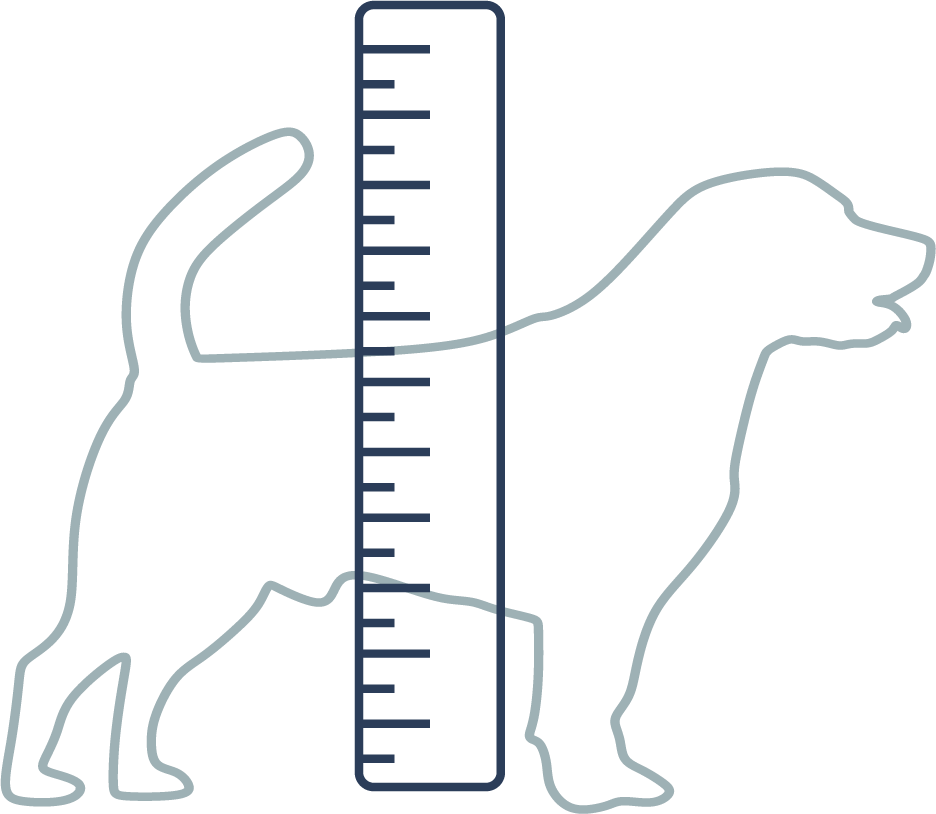


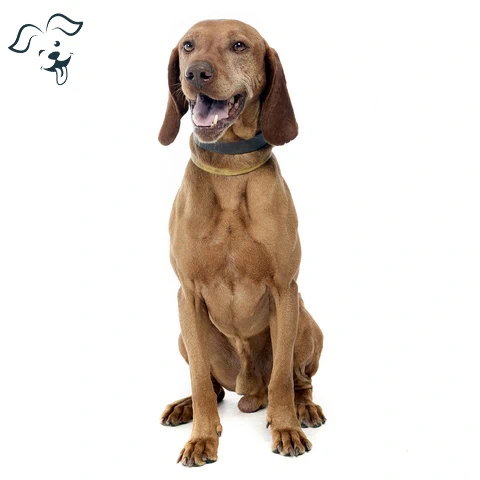
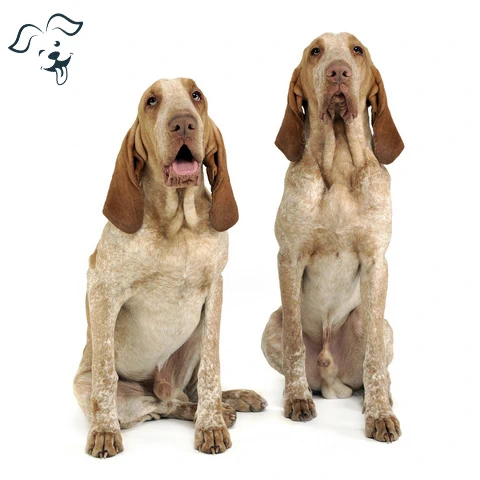
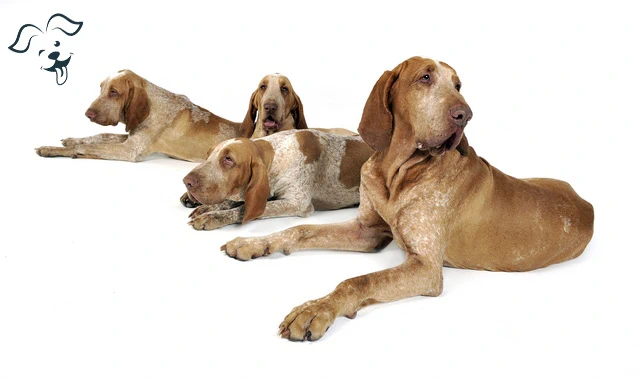
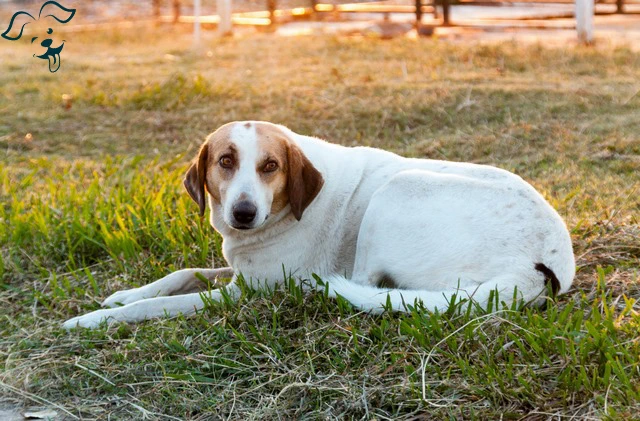






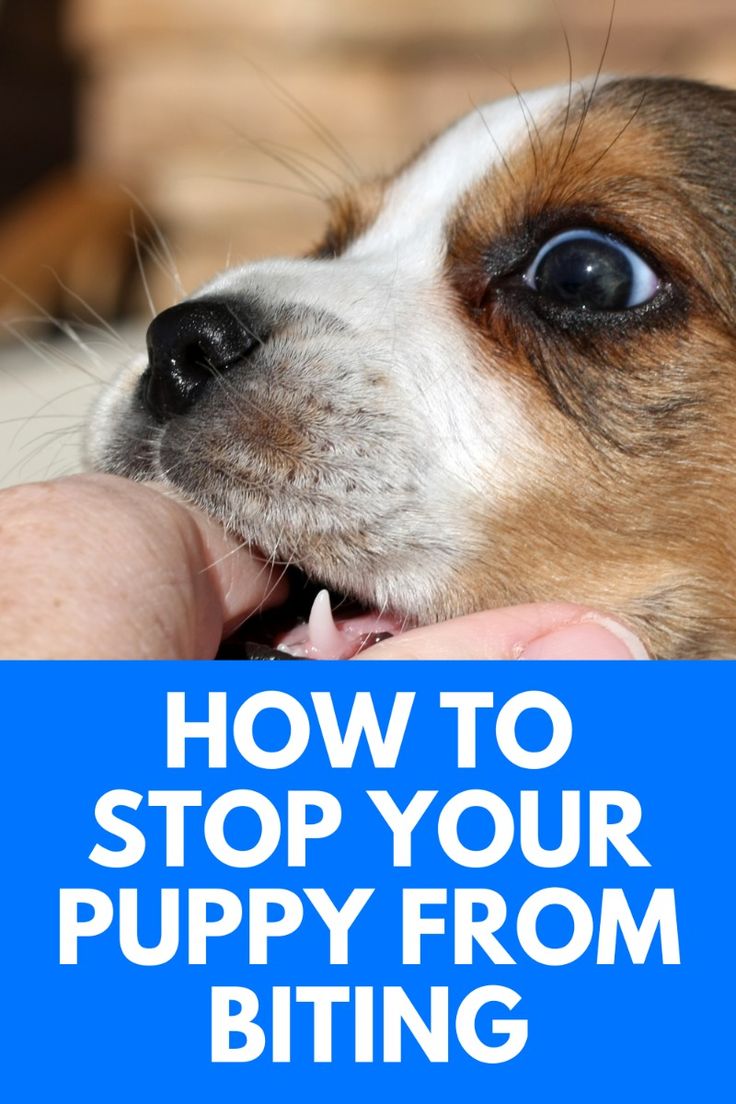
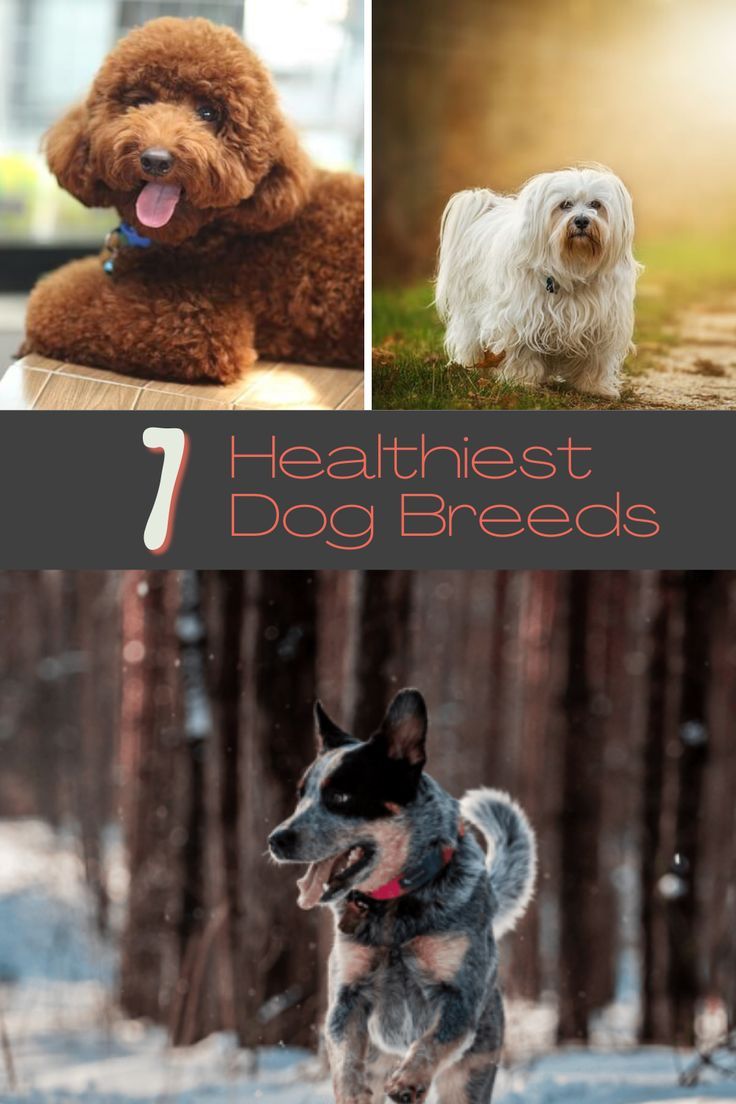

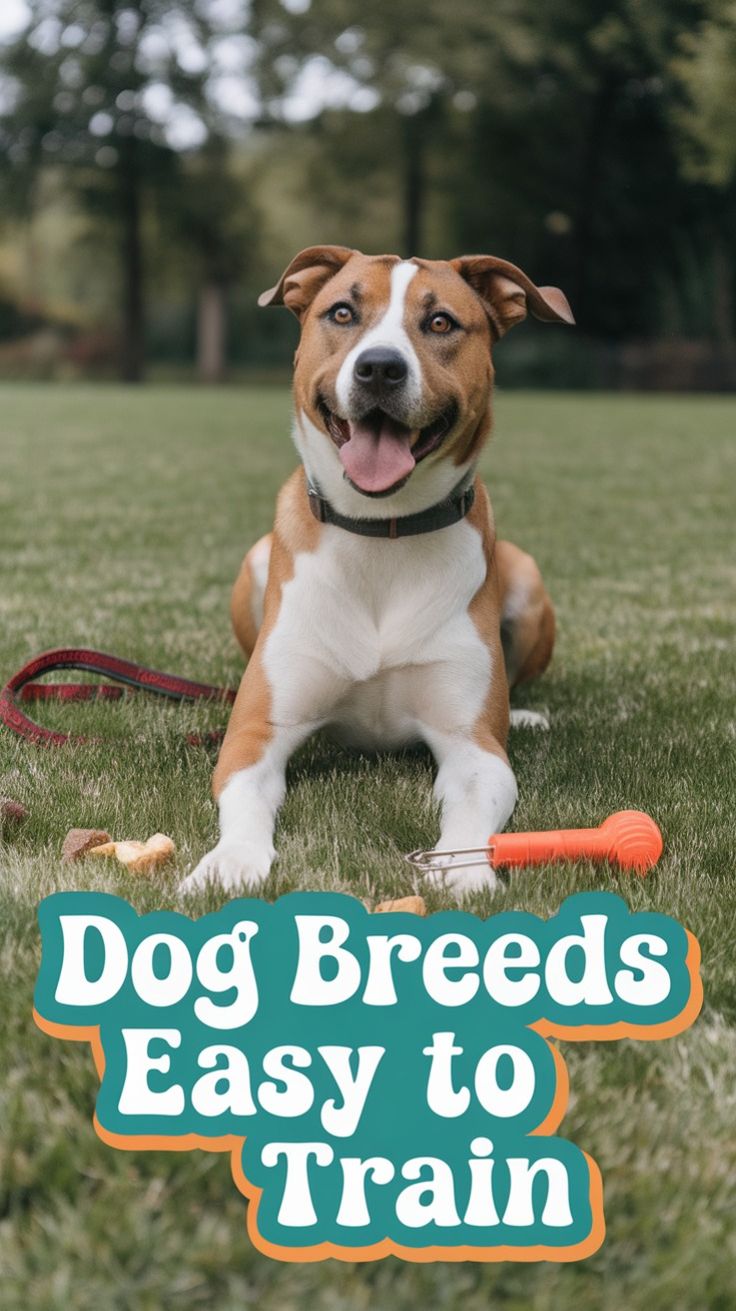
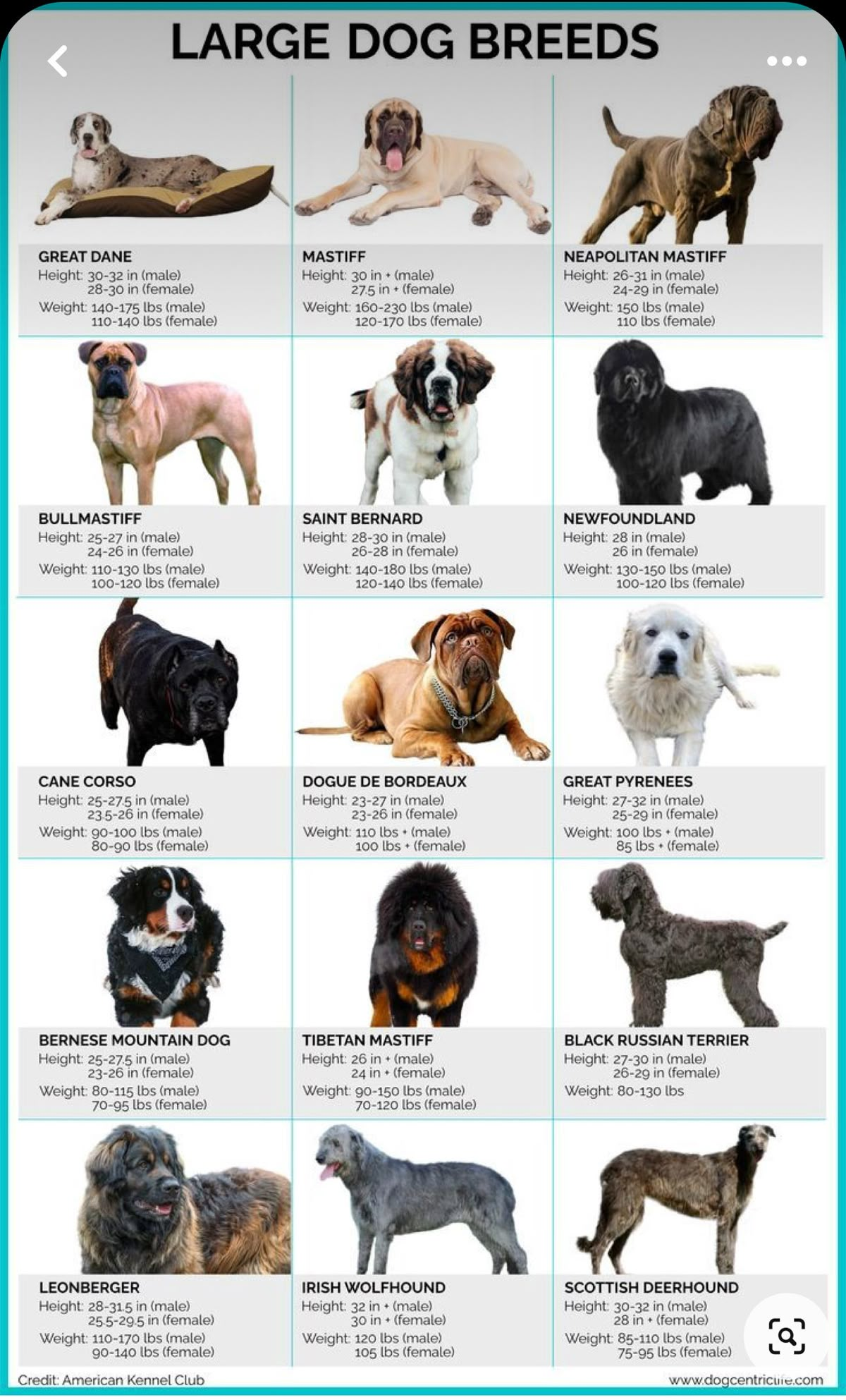

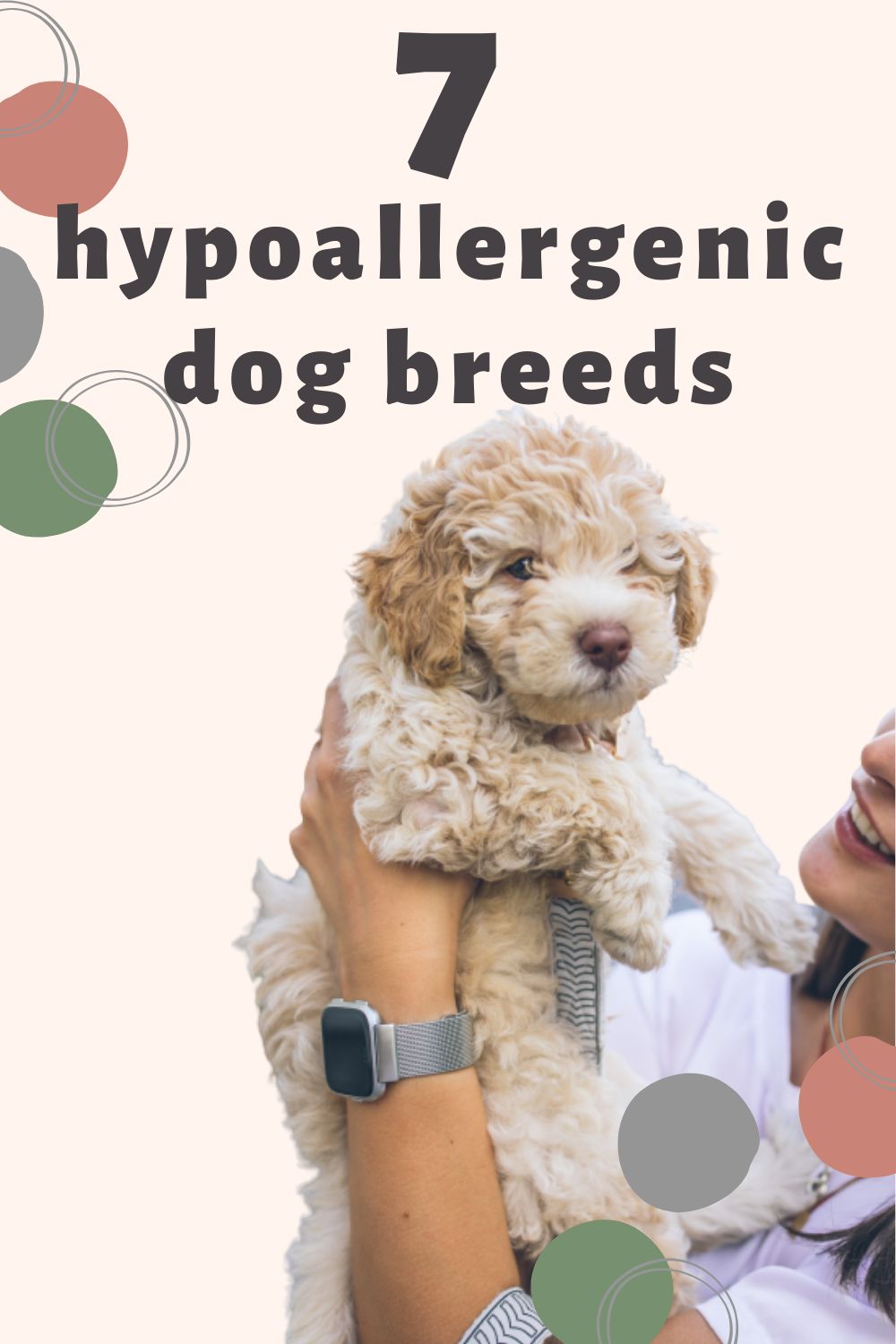
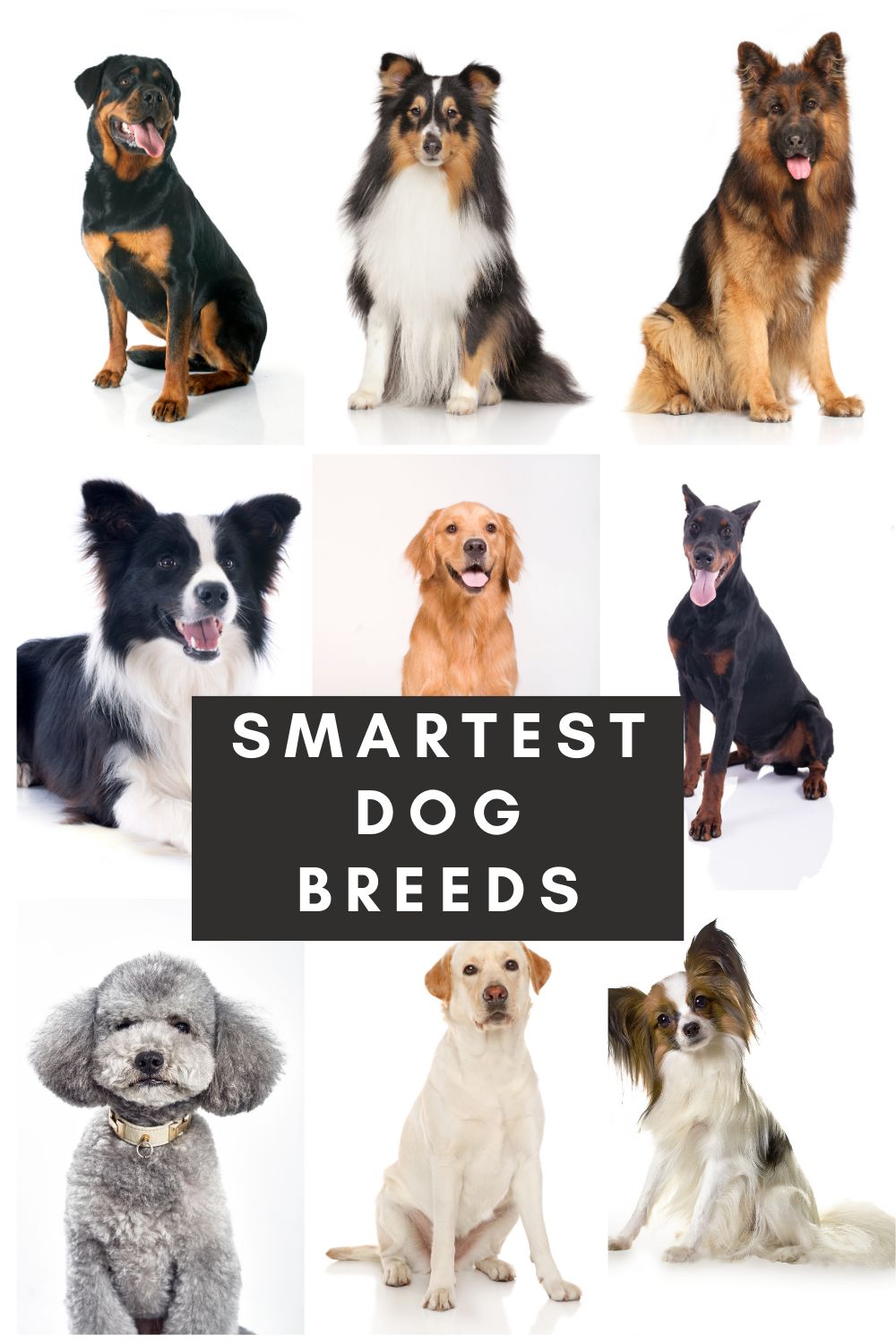



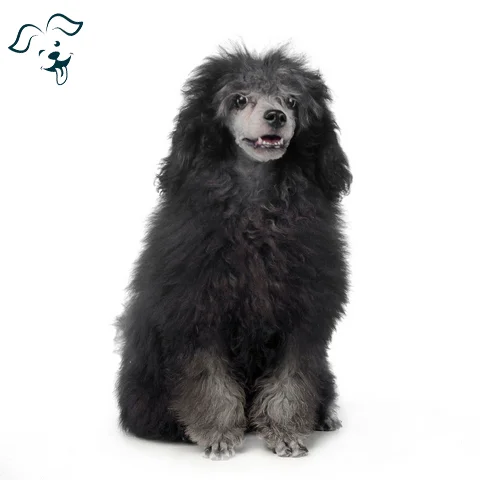

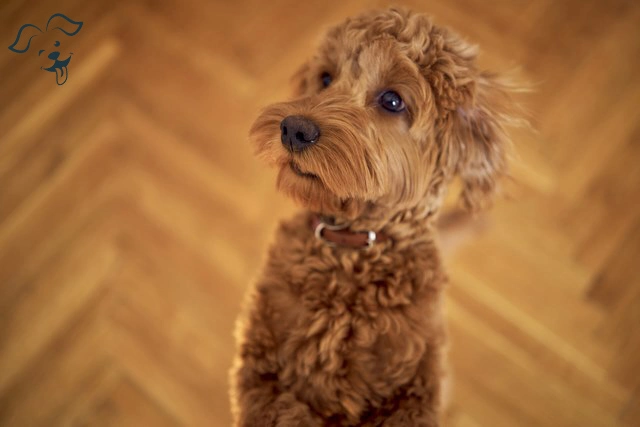
FRIENDLINESS
LIVELINESS
VIGILANCE INTENSITY
ADAPTATION CAPACITY